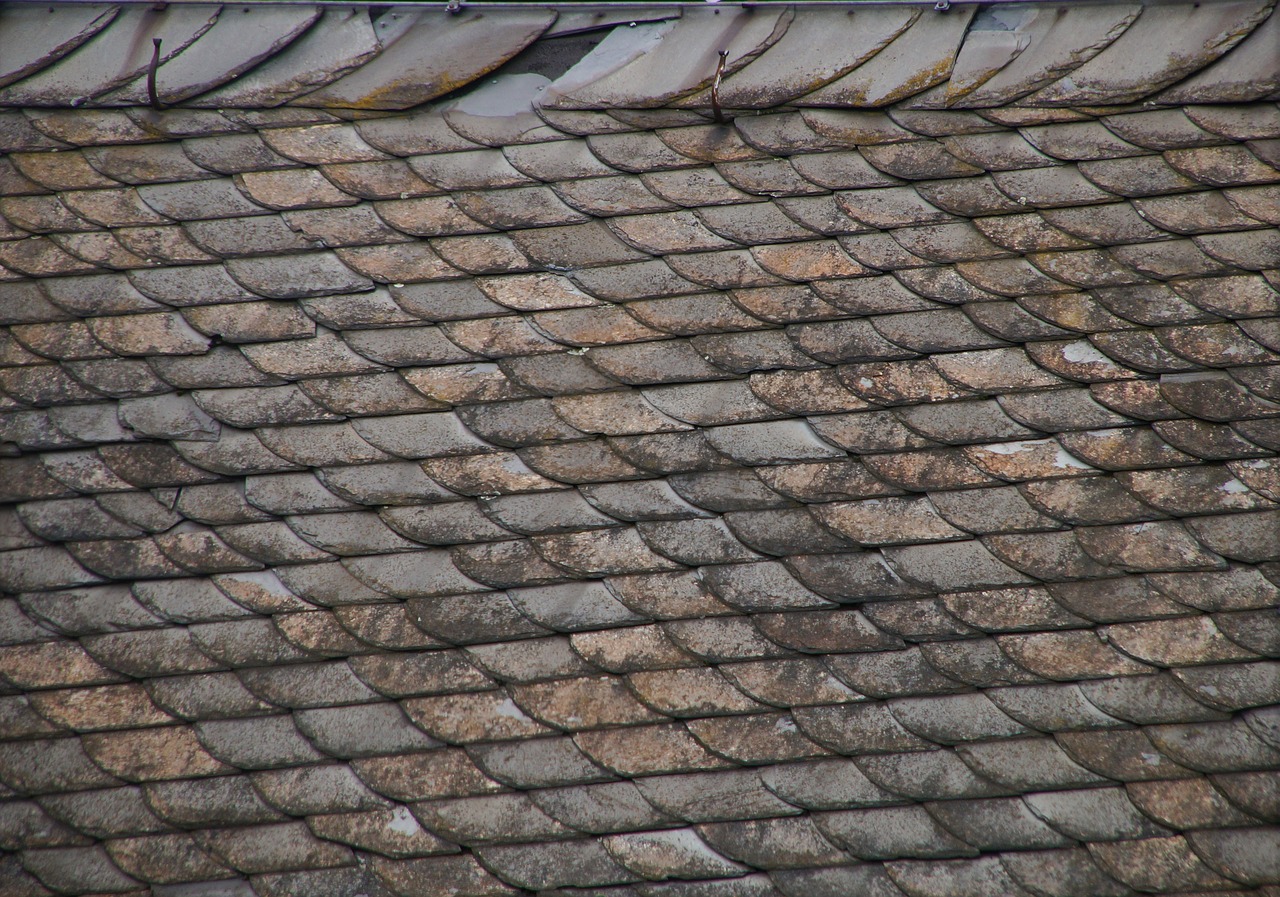The Trouble with Commercial Roof Water Leaks
Water leaks in commercial roofs can cause a world of trouble if not addressed promptly. Signs of roof water leaks are often subtle and can easily go unnoticed, leading to significant damage and costly repairs. To help you identify trouble signs early on, we’ve compiled a list of common causes and prevention tips. By understanding these issues and taking the necessary steps to fix and prevent roof leaks, you can protect your commercial property and avoid headaches down the line.
Signs of Roof Water Leaks
When it comes to identifying roof water leaks, it’s crucial to keep an eye out for the following warning signs:
1. Water Stains: Look for brownish stains on the ceiling or walls, particularly around light fixtures or air vents. These stains are often a clear indication of water infiltration.
2. Musty Odor: A persistent musty smell in your commercial building could be a sign of hidden water damage. Mold and mildew thrive in damp environments, so if you notice an unpleasant odor, it’s essential to investigate further.
3. Dripping or Water Pools: Observe your roof during rainfall to see if there are any visible signs of dripping or pooling water. These are obvious indicators of an active leak that needs attention immediately.
4. Peeling or Bubbling Paint: Moisture seeping through your roof can cause paint to peel or bubble. Keep an eye out for any irregularities in your commercial building’s paint job, as this could be a sign of water damage.
Common Causes of Roof Leaks
Understanding the common causes of roof leaks can help you take proactive measures to prevent them. Here are a few factors to consider:
1. Lack of Maintenance: Neglecting regular roof inspections and maintenance can lead to small issues escalating into major water leaks. It’s crucial to have a professional roofing contractor perform routine inspections and address any underlying problems promptly.
2. Damaged or Missing Shingles: Cracked, damaged, or missing shingles provide an entry point for water to penetrate your commercial roof. Strong winds, hail, and age can all contribute to shingle damage, making it vital to repair or replace them as needed.
3. Clogged Gutters: Debris, such as leaves and branches, can build up in your gutters and prevent proper water drainage. When water cannot flow freely, it can pool on your roof and find its way into vulnerable areas, leading to leaks.
4. Faulty Flashing: Flashing, the metal strips that cover the joints and seams on your commercial roof, can become damaged or deteriorated over time. When this happens, water can seep into your building through these weak points.
Preventing Water Damage on Commercial Roofs
Prevention is always better than cure when it comes to roof water leaks. Here are some tips to help you prevent water damage on your commercial roof:
1. Regular Inspections: Schedule regular roof inspections by a professional contractor to identify and address potential issues before they escalate.
2. Prompt Repairs: As soon as you spot signs of roof water leaks, take immediate action to repair any damage and prevent further infiltration.
3. Maintain Gutters: Clean your gutters regularly to ensure proper water drainage and prevent pooling on your roof.
4. Trim Overhanging Trees: Overhanging tree branches can scrape against your roof during strong winds and cause damage. Keep trees trimmed away from your building to reduce the risk of roof leaks.
Repairing Commercial Roof Leaks
If you’ve identified a roof water leak in your commercial building, timely repairs are crucial. Here are some steps to guide you in fixing the issue:
1. Identify the Source: Determine the exact location of the leak by inspecting the interior for water stains and following the trail of water to its entry point on the roof.
2. Temporary Fixes: If a storm is imminent or the leak is severe, apply a temporary patch using roofing tar or waterproof adhesive until a professional can permanently repair the issue.
3. Call a Professional: Contact a trusted roofing contractor to assess the damage and provide a long-term solution. They will have the expertise to fix the leak and address any underlying issues effectively.
4. Document the Damage: Take pictures of the damage before and after repairs, and keep records of any expenses incurred. This documentation may be useful for insurance claims or future reference.
Conclusion
Preventing and addressing roof water leaks in commercial buildings is essential to protect your property and avoid costly repairs. By staying vigilant for signs of leaks, understanding their common causes, and taking proactive steps to prevent and repair them, you can maintain a sturdy and watertight roof. Remember, regular inspections by a professional roofing contractor are key to catching and addressing any issues before they worsen. Don’t let a small leak turn into a big headache – act promptly to keep your commercial building safe and dry!


